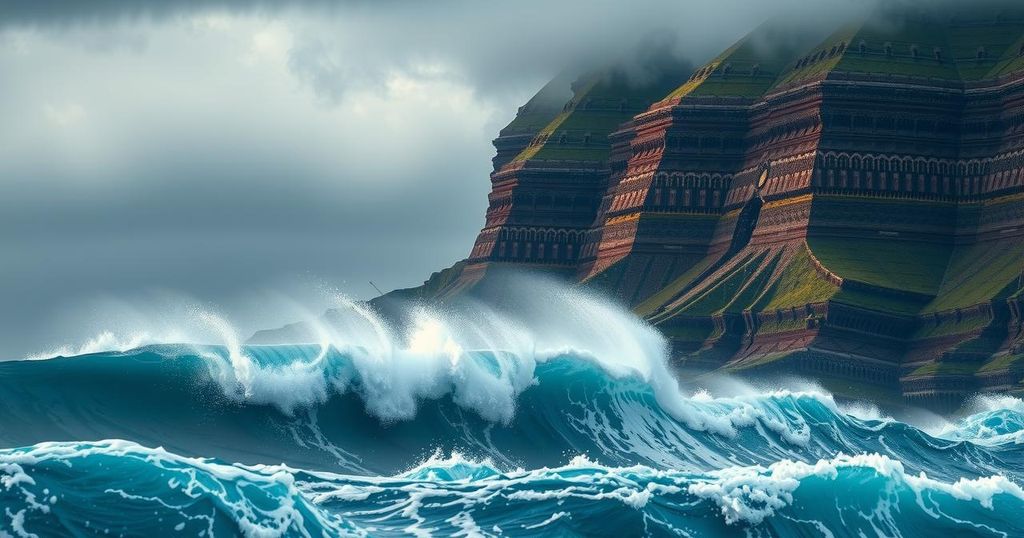On May 22, 1960, Chile experienced the most powerful earthquake ever recorded at a magnitude of 9.5. This seismic event triggered devastating tsunamis that affected coastal areas and even reached Hawaii. Despite destruction and significant loss of life, particularly in Valdivia and Concepción, effective evacuation strategies mitigated further fatalities. The aftermath unveiled a complex interplay of natural disasters, further shaping Chile’s awareness and response to seismic threats.
The strongest earthquake in recorded history occurred in Chile on May 22, 1960, registering a staggering 9.5 magnitude on the moment magnitude scale. This monumental seismic event primarily impacted the Valdivia province but had ramifications far beyond, including devastating tsunamis that reached as far as Hawaii, killing 61 individuals in Hilo. Before this catastrophic incident, a series of tremors had signaled the impending disaster, resulting in initial fatalities and significant destruction in cities like Concepción.
The catastrophic quake unleashed a sequence of powerful aftershocks, with magnitudes ranging from 7.1 to 7.8. Despite the initial loss of life, effective evacuation efforts saved many more from subsequent tremors. The earthquake itself lasted an unimaginable eight minutes and triggered an extensive tectonic rupture. It was caused by the collision and subduction of the Nazca Plate beneath the South American Plate.
In coastal Valdivia, the impact was devastating, with an initial surge in sea level followed by waves towering over ten meters, leading to extensive flooding and destruction. This tsunami not only obliterated the city but also affected distant regions, illustrating the disaster’s unprecedented reach. Alongside structural collapse and flooding, the region experienced associated natural calamities such as landslides and volcanic eruptions. The aftermath left thousands dead or missing and countless more affected by the chaos.
Over the centuries, Chile has been no stranger to earthquakes, including another significant incident in 2010. While history has seen substantial seismic activity, the catastrophic events of 1960 remain unparalleled and serve as a grim reminder of nature’s powerful forces in the Pacific Ring of Fire. Understanding these events is critical to preparing for future seismic threats in populated areas.
Despite the devastation left in the wake of the 1960 earthquake and tsunami, recovery efforts continued, and the region still remains populated, pushing back against the formidable forces of nature. The resilience of the people underscores a tenacity against natural disasters that have marked the region for centuries.
Chile is situated along the Pacific Ring of Fire, a region prone to intense seismic activity due to the subduction of the Nazca Plate beneath the South American Plate. The interaction of these tectonic plates frequently leads to significant earthquakes, a phenomenon Chile has experienced multiple times throughout its history. The 1960 Valdivia earthquake stands as the most potent recorded event, significantly impacting both local communities and distant areas like Hawaii, and leaving a lasting legacy in disaster preparedness and response.
The 1960 Valdivia earthquake exemplifies the extraordinary power of natural disasters. It resulted in unprecedented destruction and loss of life, highlighting the importance of understanding seismic risks in vulnerable regions. The humanitarian response and recovery efforts following the earthquake not only aimed at rebuilding but also at enhancing future preparedness against similar events. The historical context of Chile’s seismic activity serves as a reminder of the ongoing challenges posed by nature in this earthquake-prone region.
Original Source: www.labrujulaverde.com






